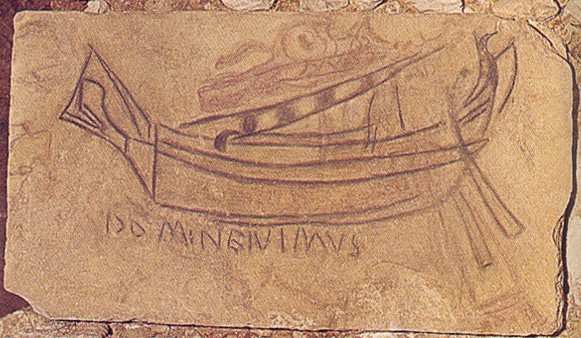The Armenian Chapel Named after the Holy Empress

The space of the Church of the Holy Sepulcher in Jerusalem, which commemorates the last events in the life of Christ and is considered one of the most important and holiest churches for Christians, is divided between the various Christian churches and sects. Saint Helena Chapel is held by the Armenian Church, the first national church and one of the earliest Christian communities. The Kingdom of Armenia was the first country to adopt Christianity as an official religion in 301 AD.
The chapel is named after Empress Helena, mother of Constantine the Great, who was the first Roman emperor to adopt Christianity as the formal religion of the Roman Empire and even converted to Christianity himself near his death. In 326, Helena, who was a devout Christian, visited the Holy Land, identified the various sites where Jesus lived and operated, and led to the construction of the Church of the Holy Sepulcher in Jerusalem and the Church of the Nativity in Bethlehem.
The entrance to the chapel is through a staircase that descends from the entrance floor of the Church of the Holy Sepulchre. On the walls of the corridor leading down to the chapel there are hundreds of crosses engraved on the stone walls by pilgrims who visited the church during the Middle Ages. The walls of the chapel are covered with large paintings marking important events in the history of the Armenian Church. On its floor is a beautiful mosaic created by the Jewish artist Chava Yufa in the 1970s, in which important Armenian monasteries and churches are depicted. The holy mountain for Armenians is Mount Ararat, on which, according to tradition, Noah's ark rested, and to mark it the roof in Armenian churches is built in the form of a pointed cone.
בשנות ה- 70 נערכה במקום חפירה ארכיאולוגית ונמצאה קפלה נוספת, הקרויה קפלת ורטן הקדוש על שמו של הקדוש הארמני ורטן, מאחורי קפלת הלנה הקדושה. נחשפו בה שרידי מחצבה ומבנים מהתקופה הרומית והביזנטית, ונמצא ציור נוצרי של ספינה רומית ומתחתיו הטקסט "Domine Ivimus", בלטינית "אדוננו הלכנו", המעיד על כך שזהו אתר נוצרי קדום מאוד.

(Anecdote authored by: עמיר)
(Number of views: 75)
